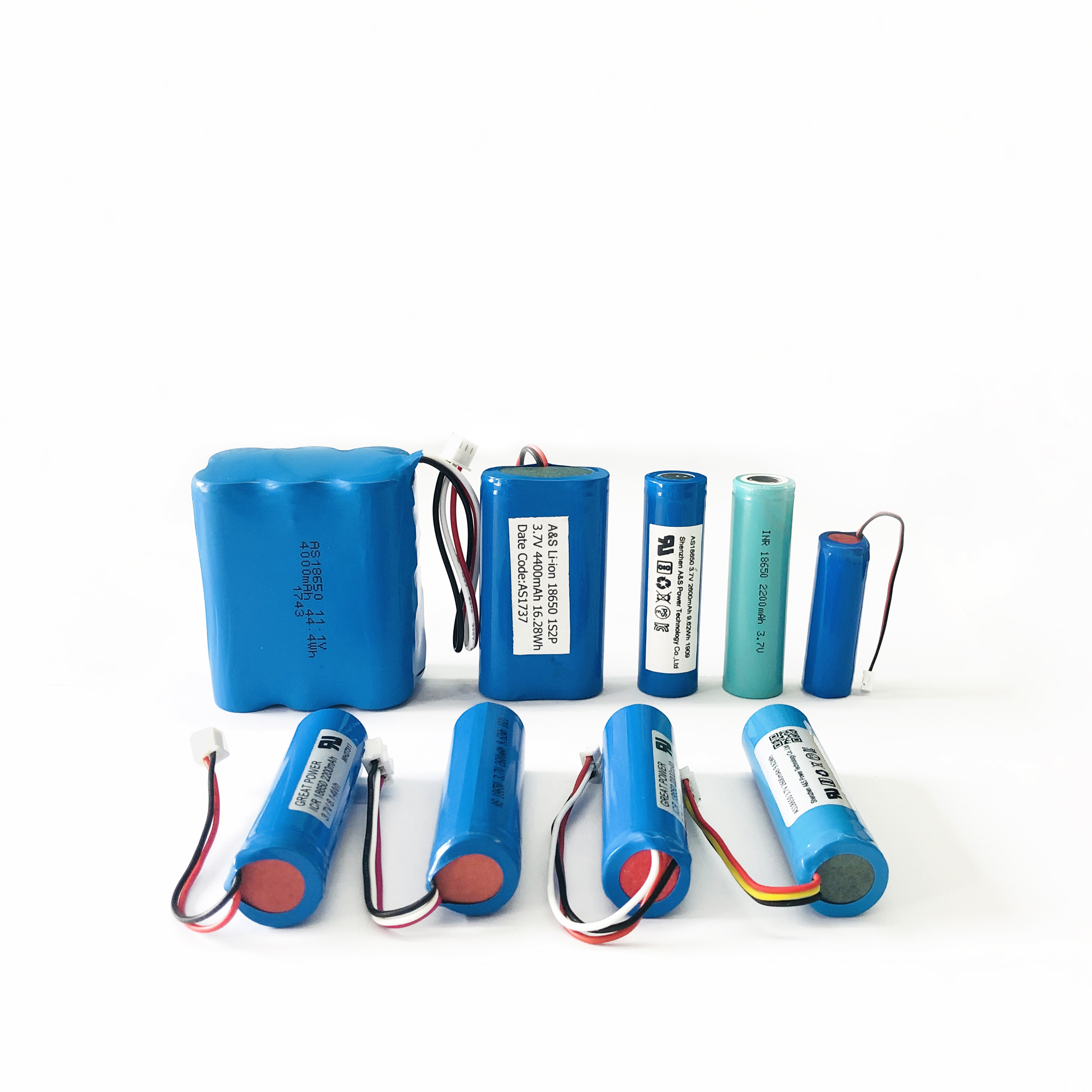How to Charge Lithium ion Battery?
2021-07-02
When the battery is first put on charge, the voltage shoots up quickly. This behavior can be compared to lifting a weight with a rubber band, causing a lag. The capacity will eventually catch up when the battery is almost fully charged (Figure 3). This charge characteristic is typical of all batteries. The higher the charge current is, the larger the rubber-band effect will be. Cold temperatures or charging a cell with high internal resistance amplifies the effect.
Li-ion cannot absorb overcharge. When fully charged, the charge current must be cut off. A continuous trickle charge would cause plating of metallic lithium and compromise safety. To minimize stress, keep the lithium-ion battery at the peak cut-off as short as possible.
Once the charge is terminated, the battery voltage begins to drop. This eases the voltage stress. Over time, the open circuit voltage will settle to between 3.70V and 3.90V/cell. Note that a Li-ion battery that has received a fully saturated charge will keep the voltage elevated for a longer than one that has not received a saturation charge.
When lithium-ion batteries must be left in the charger for operational readiness, some chargers apply a brief topping charge to compensate for the small self-discharge the battery and its protective circuit consume. The charger may kick in when the open circuit voltage drops to 4.05V/cell and turn off again at 4.20V/cell. Chargers made for operational readiness, or standby mode, often let the battery voltage drop to 4.00V/cell and recharge to only 4.05V/cell instead of the full 4.20V/cell. This reduces voltage-related stress and prolongs battery life.
Some portable devices sit in a charge cradle in the ON position. The current drawn through the device is called the parasitic load and can distort the charge cycle. Battery manufacturers advise against parasitic loads while charging because they induce mini-cycles. This cannot always be avoided and a laptop connected to the AC main is such a case. The battery might be charged to 4.20V/cell and then discharged by the device. The stress level on the battery is high because the cycles occur at the high-voltage threshold, often also at elevated temperature.
A portable device should be turned off during charge. This allows the battery to reach the set voltage threshold and current saturation point unhindered. A parasitic load confuses the charger by depressing the battery voltage and preventing the current in the saturation stage to drop low enough by drawing a leakage current. A battery may be fully charged, but the prevailing conditions will prompt a continued charge, causing stress.
Lithium-ion operates safely within the designated operating voltages; however, the battery becomes unstable if inadvertently charged to a higher than specified voltage. Prolonged charging above 4.30V on a Li-ion designed for 4.20V/cell will plate metallic lithium on the anode. The cathode material becomes an oxidizing agent, loses stability and produces carbon dioxide (CO2). The cell pressure rises and if the charge is allowed to continue, the current interrupt device (CID) responsible for cell safety disconnects at 1,000–1,380kPa (145–200psi). Should the pressure rise further, the safety membrane on some Li-ion bursts open at about 3,450kPa (500psi) and the cell might eventually vent with flame.
Venting with flame is connected with elevated temperature. A fully charged battery has a lower thermal runaway temperature and will vent sooner than one that is partially charged. All lithium-based batteries are safer at a lower charge, and this is why authorities will mandate air shipment of Li-ion at 30 percent state-of-charge rather than at full charge.
Lithium-ion is not the only battery that poses a safety hazard if overcharged. Lead- and nickel-based batteries are also known to melt down and cause fire if improperly handled. Properly designed charging equipment is paramount for all battery systems and temperature sensing is a reliable watchman.
Charging lithium-ion batteries is simpler than nickel-based systems. The charge circuit is straight forward; voltage and current limitations are easier to accommodate than analyzing complex voltage signatures, which change as the battery ages. The charge process can be intermittent, and Li-ion does not need saturation as is the case with lead acid. This offers a major advantage for renewable energy storage such as a solar panel and wind turbine, which cannot always fully charge the battery. The absence of trickle charge further simplifies the charger. Equalizing charger, as is required with lead acid, is not necessary with Li-ion.












